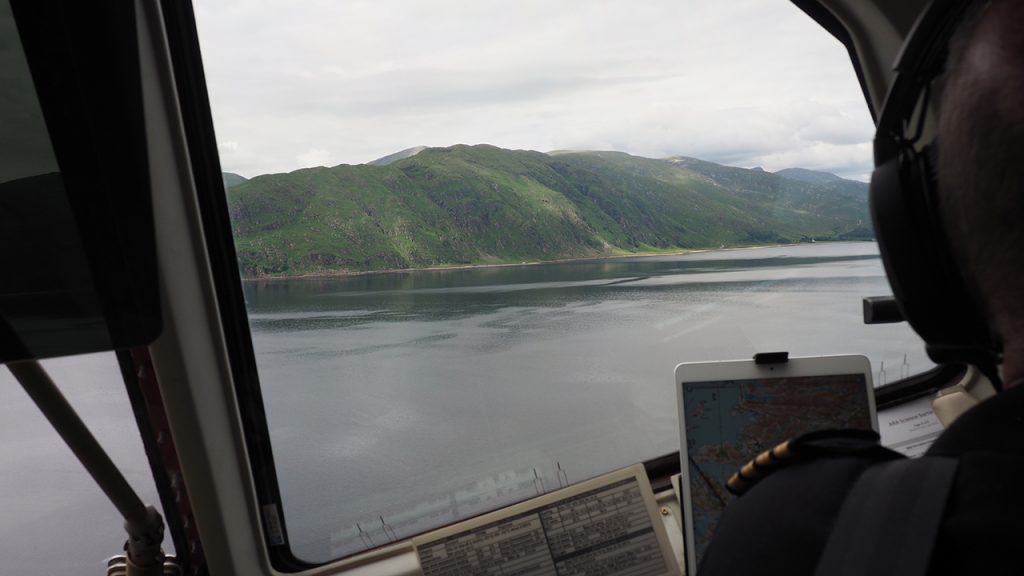
Researchers trial new measurements over Loch Linnhe skies
The FAAM Airborne Laboratory recently teamed up with the Scottish Association for Marine Science to trial new fieldwork instrumentation over Loch Linnhe on Scotland’s west coast.
While the 32 metre jet flew tracks over the loch, scientists from the Scottish Association for Marine Science piloted a new autonomous kayak to collect measurements at the water’s surface below.
The FAAM Airborne Laboratory tested a new temperature sensor and a greenhouse gas analyser, flying between 100ft and 10,000ft above the water to help build a detailed picture of the atmosphere.
“Test flights – like this one – are really important for characterising our sensors” explains Dr Hannah Price from the FAAM Airborne Laboratory, “it can be really challenging to make accurate measurements when you’re whooshing along at 200mph.”
As well as providing essential instrument feedback for the scientists on-board, the Loch Linnhe flights will also support research looking at how our oceans and climate interact.
In combination with the surface-level measurements below, scientists hope the readings will help to uncover how heat and trace gases, such as carbon dioxide, are transferred between the air and the sea.
Dr Phil Anderson from the Scottish Association for Marine Science explains, “we know there is a transfer of carbon dioxide and heat between the air and the sea, but we don’t know exactly how much.”
“We are hoping our unique combination of fieldwork measurements will address some important questions about the process” he adds.
The Scottish Association for Marine Science kayak, known as the ImpYak, is a prototype being developed to study the thin membrane between the sea and the atmosphere.
“In atmospheric terms, the membrane between the sea and the air is less than one millimetre thick – like a layer of cling film over the water” says Dr Anderson.
It’s difficult to study from larger boats, which disrupt can measurements because of their size. The ImpYak will have less effect on the membrane, and enable scientists to collect information about wind speed, temperature and humidity.
By studying real-world observations above the Loch, scientists are able to evaluate where computer models of our climate and oceans can be improved.
